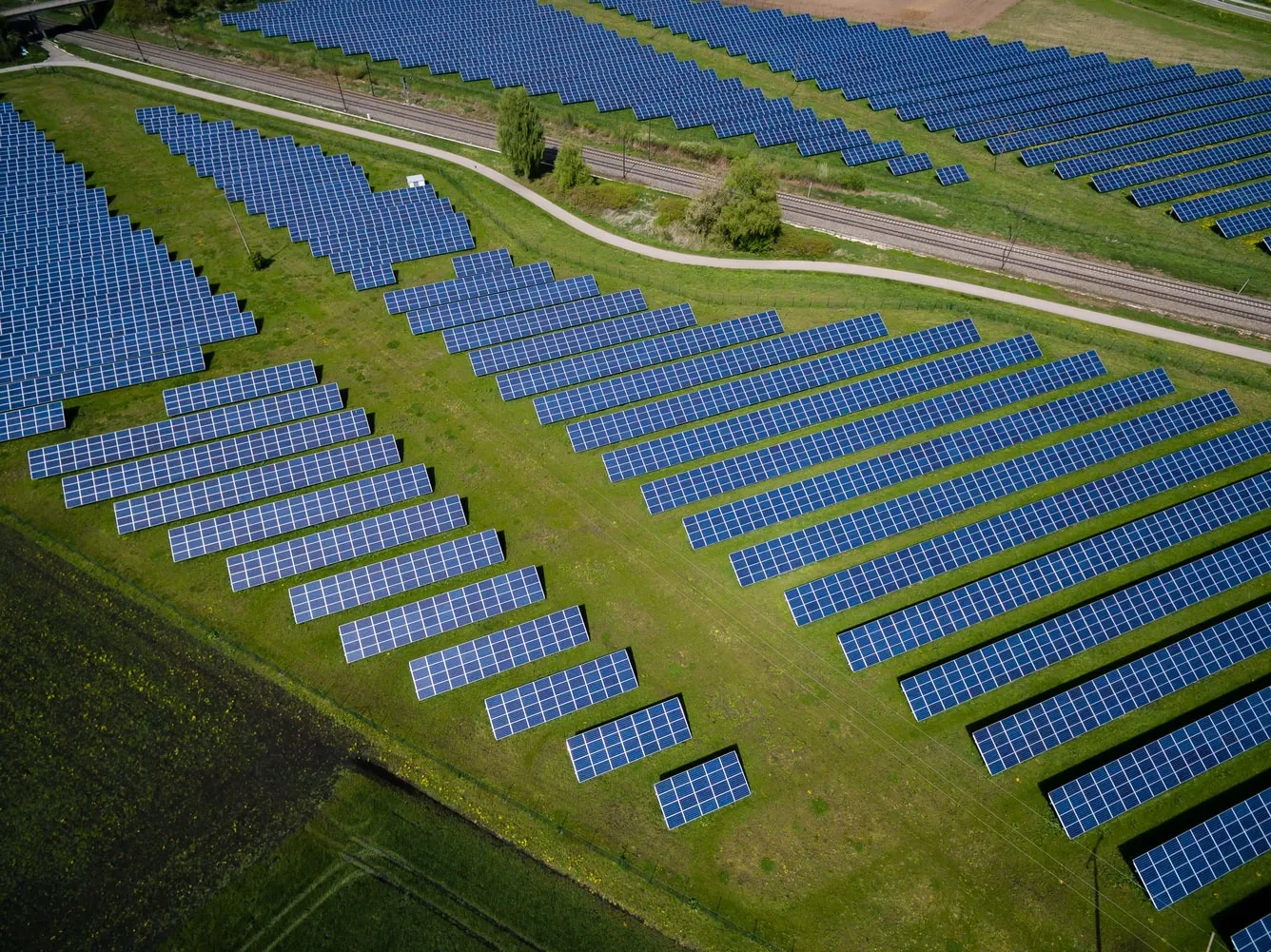Towards the end of July, the EAI submitted responses to two important consultations relating to additional charges placed on market participants: one on imperfections charges and another on harmonised other system charges. This article explores our advocacy on these two proposals, both of which have significant implications for generators and consumers.
SEMC Consultation on Imperfections Charges
In Q2 2025, the SEM Committee (SEMC) published its consultation on imperfection charges for October 2025 to September 2026, alongside the reforecast report for October 2023 – September 2024. For those unfamiliar with these charges, they exist to recover costs not captured through imbalance settlement[1].
Our response to this consultation recognises the increasing trend in imperfection charges observed across Europe and focusses on the potential TSO and RA actions to minimise these charges (Option 5 in the consultation). Before diving into our response, here are short explainers for the concepts we cover:
- Final Physical Notification (FPN): in the electricity market, each generator submits an FPN which is essentially its schedule for how much electricity it plans to produce at a given time. Sometimes, the TSO has to move generators away from their FPN to balance supply and demand or for other technical or system reasons. Generators can be settled from this deviation through either the:
- Imbalance Price: market cost of correcting deviations from the FPN by the TSO, OR
- Complex Commercial Offer Data (COD): the detailed breakdown of its actual operating costs resulting from the deviation.
The option proposed by the TSOs is a modification to the Trading and Settlement Code so that units dispatched away from their FPN by the TSO for balancing energy reasons would be settled at the imbalance price and units dispatched away for non-energy reasons (e.g., to meet a system constraint) would be settled on their complex COD only.
This proposal is of significant concern to our members. Settling non-energy actions on complex COD only would represent a fundamental change to the market design of the SEM. Our main concern is that it would prevent participants providing system-critical balancing services from receiving the imbalance price that reflects the true value of their actions. There would also be a fundamental change to the TSOs’ incentives, undermining the value in the signal for grid investment that imperfections provide.
Instead, our response outlines practical alternatives to reduce dispatch down without altering market design. They range from the roll-out of additional grid to accelerating the integration of constraint-reducing technologies such as long-duration energy storage (see linked response at the end for full list).
From the consumer’s perspective, we highlight the variance in imperfections charges over the past four years. To reduce the consumer’s exposure to volatility, we recommend a longer-term forecasting approach to smooth the charges across future years. This is consistent with the approach already taken in the case of gas tariffs.
Consultation on Harmonised Other System Charges
Shortly afterwards, we submitted our response to EirGrid & SONI’s consultation on the Harmonised Other System Charges (OSC) for the tariff year 2025/26. These charges are penalties applied to generators or demand-side units when they fail to meet certain Grid Code or market obligations – for example, giving short-notice availability changes or not maintaining back-up fuel. Our response focuses specifically on the proposed amendment to the Generator Performance Incentive (GPI) for Secondary Fuel Availability. Secondary fuel refers to back-up fuel that generators must hold so they can continue to operate in the event of a gas supply disruption.
In this consultation, the TSOs propose to quadruple the GPI rate for secondary fuel for the 2025/26 tariff year, citing a decline in availability and the fact that charges this year have risen nearly four-fold compared to the previous year. EAI members are concerned by this proposal, believing it is disproportionate, lacks a clear evidence-based rationale, and is unlikely to achieve its intended outcome. The increase appears reactive to outcomes observed this year rather than grounded in detailed analysis of underlying causes. In our response, we request a robust justification for the specific magnitude of this increase alongside a detailed analysis of why increasing the GPI would bring secondary fuel availability back to its previous levels (which were attained at the current GPI rate).
We also question the logic of penalising participants for obligations already embedded in the Grid Code. As framed, the proposal risks being rather than constructive, with costs ultimately passed to the consumer.
If you’re interested in reading our full responses, you can find these here:
- 20250731 Final EAI Response to Other System Charges Consultation.pdf
- 20250725 EAI Response to Imperfections Charges 25-26-2.pdf

